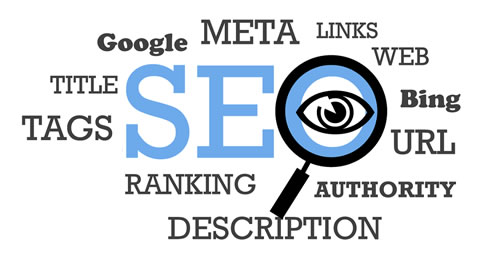The Importance of Image Descriptions and Tags: Making Your Content Accessible
In today’s digital age, visual content plays a pivotal role in communication across websites, blogs, and social media. However, the importance of image descriptions and tags cannot be overstated. Not only do they enhance SEO, but they also ensure that online content is accessible to everyone, including people with visual impairments. Let’s explore why image descriptions and tags are essential and how they benefit both creators and consumers of digital content.
Accessibility for All
Image descriptions, also called alt text (alternative text), are crucial for individuals who rely on screen readers. For example, these programs read aloud the content of a webpage for users who are blind or visually impaired. Alt text provides a short, accurate description of each image. As a result, users can understand the context and meaning even if they cannot see the visuals.
In addition, alt text is helpful in regions with slower internet speeds. When images take longer to load, descriptive text provides users with immediate context while they wait.
SEO Benefits
Search engines such as Google cannot “see” images the way humans do. Instead, they rely on alt text to understand what an image represents. Descriptive alt text helps search engines index images more accurately, which improves your chances of appearing in relevant search results.
Moreover, properly tagged images make your content easier to find. When users search for related topics, well-written image descriptions can drive more organic traffic to your website.
Compliance with Web Standards
In many countries, websites are legally required to be accessible to all users, including those with disabilities. Therefore, using alt text and tagging images correctly shows compliance with accessibility standards such as the Web Content Accessibility Guidelines (WCAG).
Inclusive Communication
Beyond compliance, image descriptions also promote cultural sensitivity. They provide context for visual content that may not be immediately clear to all audiences. Consequently, your message becomes more inclusive and accessible to people from diverse backgrounds.
Language Accessibility
For non-native speakers, visual cues or cultural symbols may not always be clear. In these cases, alt text creates a bridge to understanding. This means your content becomes more accessible to global audiences.
Best Practices for Image Descriptions
-
Describe the content and purpose of the image succinctly and accurately.
-
Avoid vague or overly generic descriptions.
-
Ensure the alt text reflects the context in which the image appears.
-
Wisely incorporate relevant keywords to improve SEO, but always prioritize clarity over keyword stuffing.
Final Thoughts
Integrating thoughtful image descriptions and tags into your digital content strategy improves both accessibility and SEO. By doing so, you demonstrate a commitment to inclusivity while also reaching a wider audience. Ultimately, making your visual content accessible ensures your message is clear, effective, and impactful across all demographics.
As the digital world continues to evolve, prioritizing accessibility through image descriptions and tags is not just a best practice. It is essential for building a more inclusive online environment.




